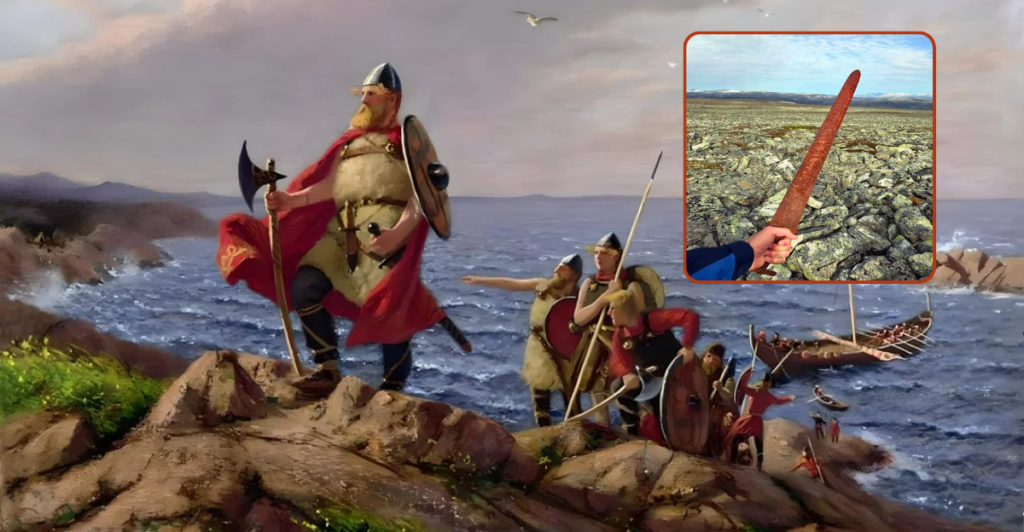
Melting ice in Norway has unveiled a remarkable collection of Viking artifacts. Due to the melting ice, these discoveries provide insight into the lives of Vikings who traversed these icy landscapes. The emerging field of glacial archaeology is right at the center of these findings.
The Impact of Climate Change

Global warming is melting ice patches and glaciers, exposing ancient artifacts that have been preserved in the ice for centuries. As temperatures rise, archaeologists are discovering these historical treasures.
The Secrets of the Ice Project

The Secrets of the Ice project is a significant initiative to study artifacts revealed by melting ice. Led by archaeologist Lars Pilø, this project focuses on high-altitude sites in Norway where ancient items are surfacing. It aims to uncover the history of Viking travel and trade routes.
Discoveries at Lendbreen

One notable site is Lendbreen, where archaeologists have found over 3,000 artifacts. These include tools, textiles, and animal bones dating back to the Viking Age and beyond. The preservation conditions in the ice have allowed these items to remain intact for over a millennium.
What Artifacts Reveal About Vikings
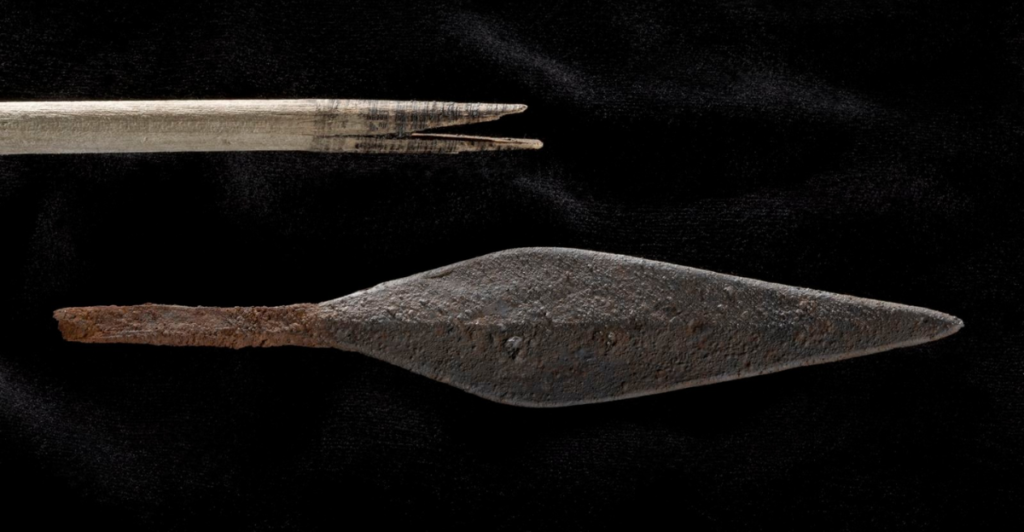
The artifacts discovered provide valuable information about Viking daily life and their interactions with the environment. Items like hunting tools and clothing give insights into their survival strategies and social structures during harsh climatic conditions.
The Role of Ice Patches
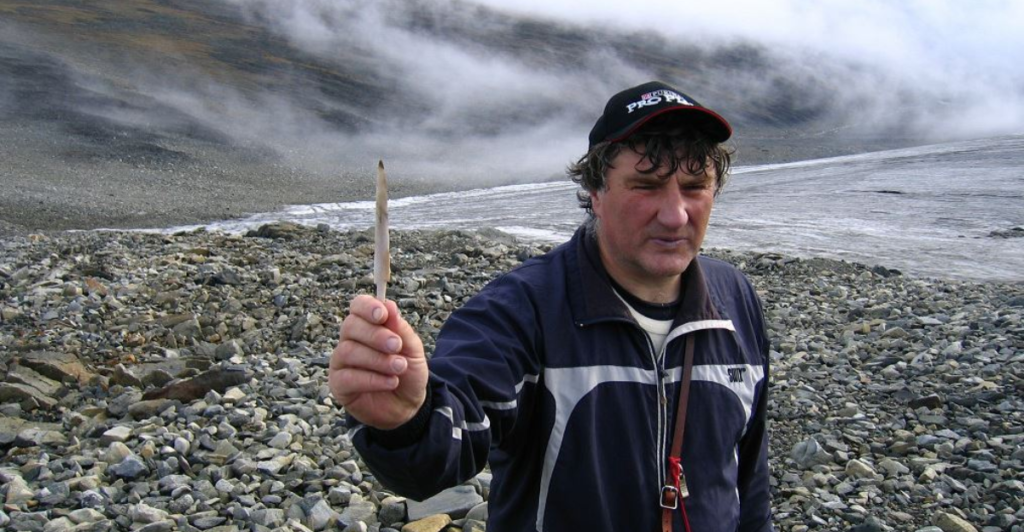
Ice patches act as natural time capsules, preserving organic materials that typically degrade over time. As these patches melt, they release items that tell stories about past civilizations and their connection to the landscape.
Recent Finds Across Norway

Recent excavations have revealed a variety of artifacts across different sites in Norway. For instance, archaeologists found arrows from various periods, showcasing changes in hunting techniques and materials used by Vikings over time.
The Importance of Preservation

The preservation of these artifacts is critical for understanding Viking history. However, as climate change accelerates, protective measures must be taken urgently to ensure that these findings are documented before they deteriorate.
Archaeological Techniques Used
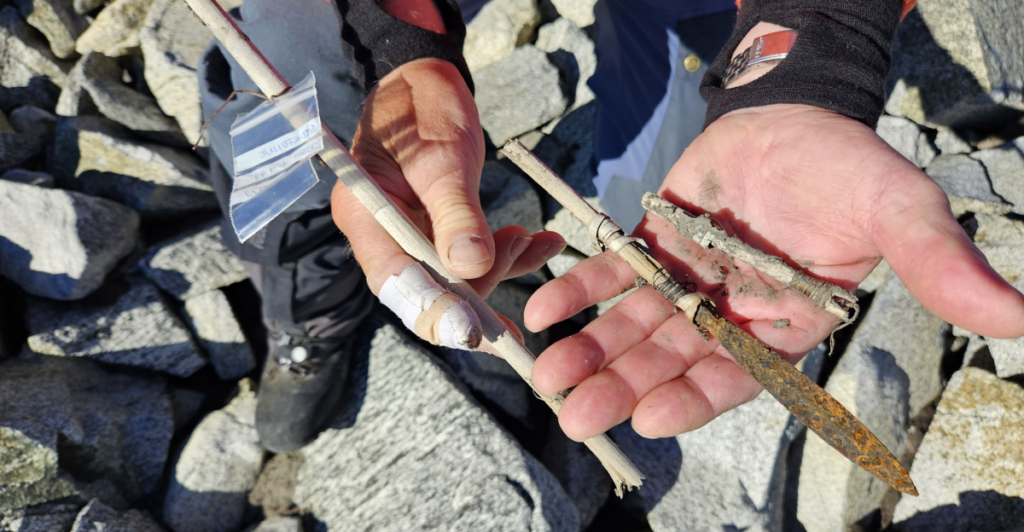
Archaeologists employ various techniques to excavate and analyze artifacts found in melting ice. These methods include radiocarbon dating and careful excavation practices to minimize damage to fragile items.
Community Involvement
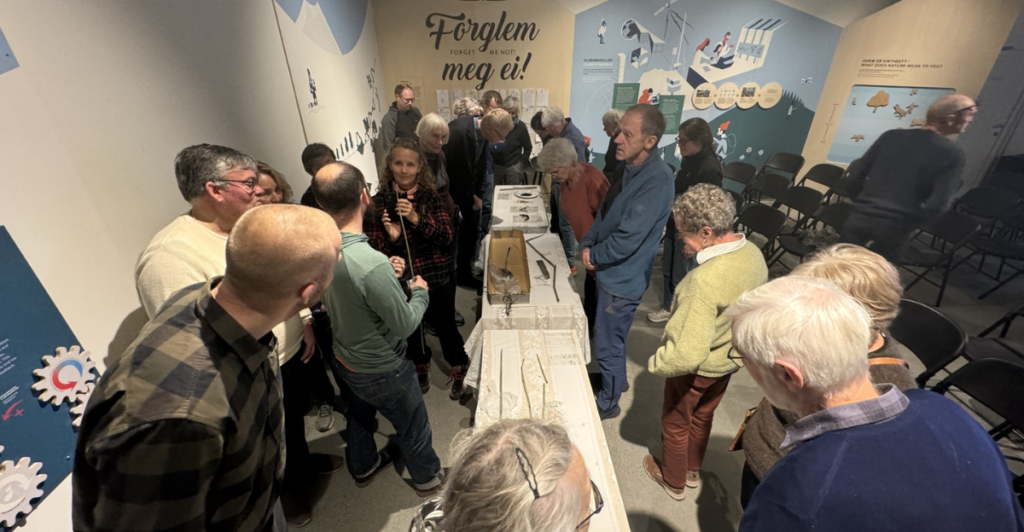
Local communities play a vital role in supporting archaeological efforts. Engaging with residents helps raise awareness about the importance of preserving heritage sites and understanding their historical significance.
Future Prospects in Glacial Archaeology
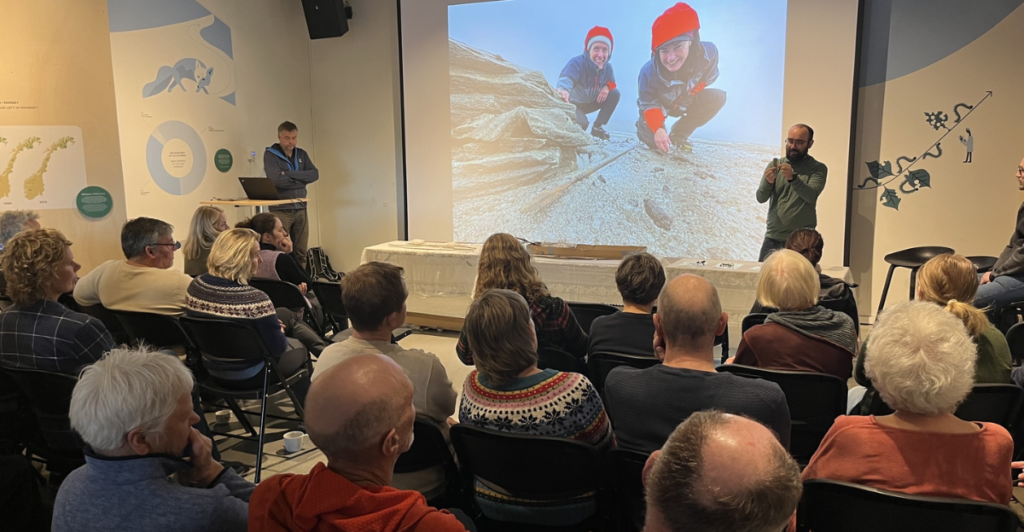
The field of glacial archaeology is expected to grow as more artifacts are uncovered. Ongoing research will continue to shed light on how climate change affects our environment and our understanding of human history.
Challenges Ahead
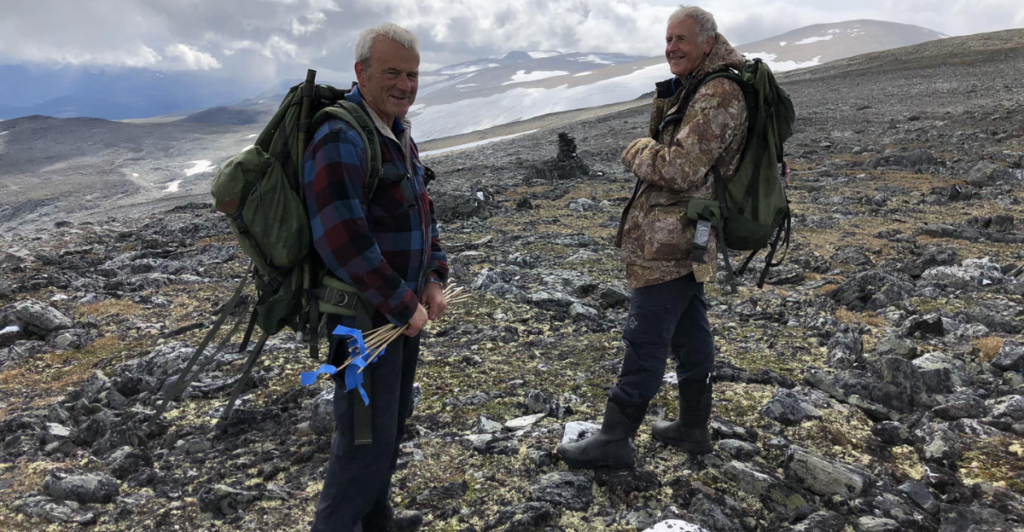
Despite the exciting discoveries, challenges remain. The rapid melting of ice poses risks to artifact preservation, which means immediate action from governments and organizations to protect these cultural treasures is needed.
A Window Into The Viking Age

The melting ice in Norway has opened a window into the Viking Age, revealing artifacts that enrich our understanding of this fascinating period. As we confront climate change, we must prioritize archaeological efforts that preserve our shared history for future generations.
Discover more of our trending stories and follow us to keep them appearing in your feed

10 Dog Breeds That Are Just Like Golden Retrievers
10 African Dogs Bred To Dominate The Wild
Archaeologists Reveal 15,800-Year-Old Ice Age Artifacts – New Insights in How Humans Lived
Why Norwegian Forest Cats Were the Vikings’ Favorite Breed
Stay connected with us for more stories like this! Follow us to get the latest updates or hit the Follow button at the top of this article, and let us know what you think by leaving your feedback below. We’d love to hear from you!







